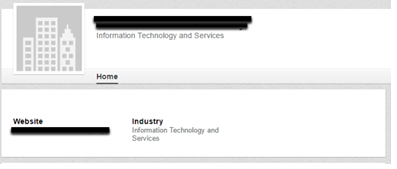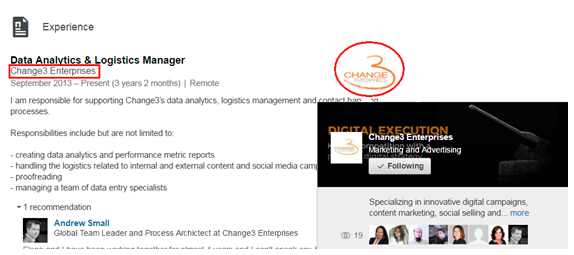May 11, 2024 | Social Media | SEO Content |
Setting up a social media profile is crucial and essential for businesses. B2Bs and tech companies should especially have an online presence as that is where you will find most of your audience. There are an estimated to be 5.17 billion total social media users worldwide, with an average person using 6.7 different social networks per month in 2024.
In fact, the top choice for a customer care channel is social media, despite the fact that 89% of social media messages sent to brands are ignored.
89% of social media messages to brands are ignored
Social media is a must.
One of the key components of being successful at social selling is to ensure that your social media profile, for both your brand and your employees, is complete and showcases the information that potential customers want to know about you. If your brand is still new to social media or even if you currently have a profile on a chosen platform, here are some tips on building up your social authority.
To start - what exactly is social authority or in this case, brand social authority? At its basic level, it’s about showing your audience that you’re knowledgeable in your business and industry, by sharing relevant content and engaging with that audience.
But the first step to social authority is having a complete profile. Let’s take a look at the differences between a complete and under-completed profile on the business network LinkedIn:

Here, we have two business profiles on LinkedIn – the above image is an incomplete business profile. As you can see, only the business name, website, and industry is listed. There are no posts from the company or even information about the company itself.
The image below is a complete business profile from Microsoft. The company has filled out its business information, with some additional information about the company itself, what it specializes in, its website, industry, location, and company size. The company’s logo is present, while there is a larger image that gives a statement about their company and what they do.
If you scroll down on their page, you’ll see they have several posts, with a previous month’s post receiving new comments. The following posts have been recently updated, showing that the company is actively posting on LinkedIn.

As a customer looking to learn more about your business, which profile do you think they would gravitate to?
As mentioned above, building your brand’s social authority all begins with having a robust and professional social media profile across all the networks your brand is using. For instance, if your brand is using both Twitter and LinkedIn, then you must have completed profiles on both of these networks, as well as making sure you have up to date content.
This means that you must fill out all the information on the profile page, including business name, business description, and business logo. Employees should also make sure that their profiles are completed, listing their updated job title and linking to your company's social profile. Here is an example from one of our team members -

But you aren’t done yet.
Many B2Bs will fill out their profiles and make one or two posts, thinking customers will naturally flock to them. Unfortunately, social media does not work that way; many companies forget about the social part of social media.
Once your profile is complete, you need to actively participate within the social community. It brings together like-minded people and like-minded topics in one place within the network and to help one another, offer advice, guidance, and helpful tips. Facebook and LinkedIn allow for groups where businesses and customers can come together. Groups enable connection between your brand and your customers, providing feedback or suggestions, as well as communication between people using your products and services in real time. Facebook's groups, for instance, have become increasing popular for businesses.
Taken together, this helps to validate your expertise in your industry and starts to build trust, while nurturing your online network. As your brand become more social, you’ll be able to connect, follow, and friend more of your prospective customers.
Tell us your interests and preferred contact method below. Our team will reach out within 1-2 business days.